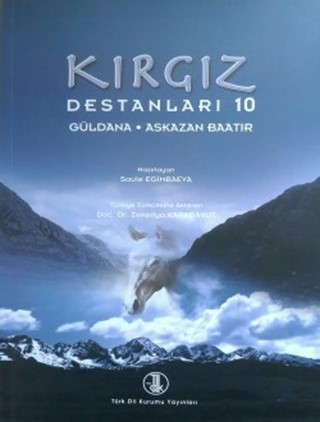
Kırgız Destanları X: Güldana-Askazan Baatır / Kyrgyz Epics X: Güldana-Askazan Baatır
“Kyrgyz Epics 10” is the 47th of the works under the “Detection of Turkish World Epic, Transferring to Turkey Turkish and Publishing Project" headed by Prof. Dr. Fikret Türkmen. In this work titled "Kyrgyz Epics 10", the story of Guldana, a smart, deep-minded, beautiful Kyrgyz girl who can solve complex issues and at the same time make people admire herself, also the story of the Askazan Batır (Askazan Bahadır) who wins a victory over the brutal Cakıp Han who has the effort to take Guldana as his wife was discussed. The original text has been transferred to Turkey Turkish, so convenience is provided for the reader to examine both languages.
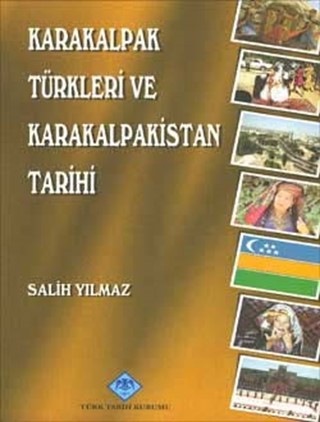
Karakalpak Türkleri ve Karakalpakistan Tarihi / Karakalpak Turks and History of Karakalpakistan
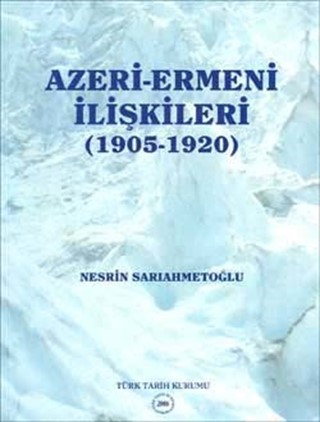
Azeri-Ermeni İlişkileri (1905-1920) / Azerbaijani-Armenian Relations (1905-1920)
In this study, the Azerbaijani-Armenian relations, whose boundaries were drawn within the framework of Armenian nationalism, which formed the core of the events that would later occur - the events that took place in various regions and cities, the way the complaints of the Azerbaijanis and Armenians were reflected to the administrative authorities as a result of these events, the situation of the Azeri-Armenian workers in the 1905 strike and the events that took place during the strikes were examined. The work has revealed the role played by Armenian nationalism starting from the occupation of Azerbaijan by the Tsarist Russia, based on archival documents.
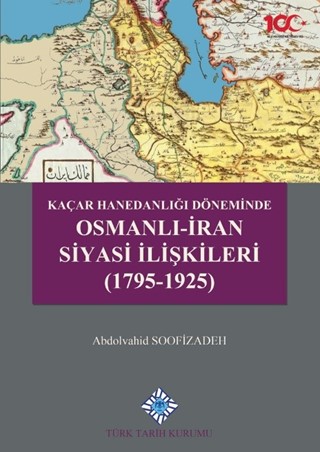
Kaçar Hanedanlığı Döneminde Osmanlı-İran Siyasi İlişkileri (1795-1925) / Ottoman-Iranian Political Relations During the Qajar Dynasty (1795-1925)
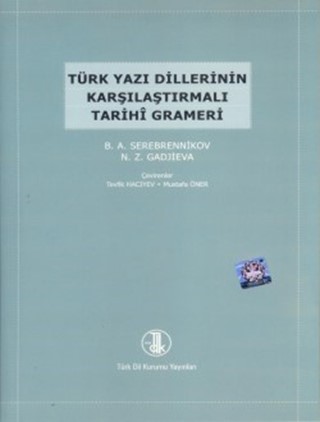
Türk Yazı Dillerinin Karşılaştırmalı Tarihî Grameri / Comparative Historical Grammar of Turkish Written Languages
In the work, it is aimed to prepare the grammar of Turkish written languages based on the comparative-historical method. In the phonetic part of the work, which consists of three parts, namely phonology, morphology, and syntax, the subjects of pre-Turkish vowel structure and pre-Turkish consonant structure are discussed. In the morphology section, noun, adjective, number, pronoun, verb, preposition, adverb, conjunction, and connectors are discussed. In the syntax section, the methods of investigating sentence units with a historical perspective, word groups, and development history in Turkish written languages, qualitative phrases are included.
